Ducks and geese are extremely hard to hide from. Waterfowl hunters across the country are teased all summer long by folks who constantly remind them of the annoying geese in the retention ponds in their neighborhood. They will bring up the fact that geese in the parking lot at work, refuse to move out of the way, or how the beautiful mallards at the park will come up and steal a cheese-it from the kids.
However, if these people were to lay in a corn field or marsh and convince a group of migratory birds to land within shotgun range, they would finally stop the teasing. But that will never happen. They will continue to sleep in and enjoy their warm homes like normal people do.
Waterfowl have Superpower Vision
Ducks and geese can see everything! This makes getting them in range extremely challenging. Thank God they can’t smell very well, or we would never be able to take them. Waterfowl have vision that is comparable to a turkey that can see colors and fine details, or a predatory bird like a hawk or owl that can spot small prey in the grass. God designed them with good eyes, and that’s what makes this challenging.
With this in mind, we must be conscious of our colors, patterns, outline, profile and silhouette. I am going to give you a few pointers that will give you a bit of an edge in the blind.
Pick the right camo pattern
Let me be honest. I don’t put a whole lot of thought into camouflage. I have killed deer in black and brown Carhart’s and even jeans. At times, I have snuck up on turkeys in regular clothes. It is much more important to utilize shadows and wind direction for most animals. However, I will say, when it comes to waterfowl, I would recommend picking a good camouflage pattern that works well at blending into the terrain that you are hunting. That surrounding may be timber, cattails, a corn field or a creek bank. My next article will discuss the many differences in camo patterns.
Make the sun your friend, not your enemy.
When it comes to hiding from waterfowl, you must consider the position of the sun in everything you do. You may be wondering at this point, “what does the sun have to do with hiding?”. Let me put it this way. If you position yourself with the sun shining directly into your face, you will not only have trouble seeing, but the birds will pick out your every movement and will flare. They will see all the details of your face and the silliness of the camo print that doesn’t match the area your sitting in.
Waterfowl of all types will have a much harder time seeing you if the sun is at your back and in their face. Use the sun to your advantage.
Buy a Waterfowl blind
It’s pretty obvious that you would be laying in a store-bought layout blind if you’re hunting a corn field. Some folks even use store-bought blinds called “A frames” in a tree line or fence row or creek bank. When positioned inside of a blind, you can get by with a lot more. You can cook your breakfast and drink coffee, let the dogs move around a bit, or even scroll through Instagram (@streamandtimber). Being inside the blind hides a lot of mistakes.
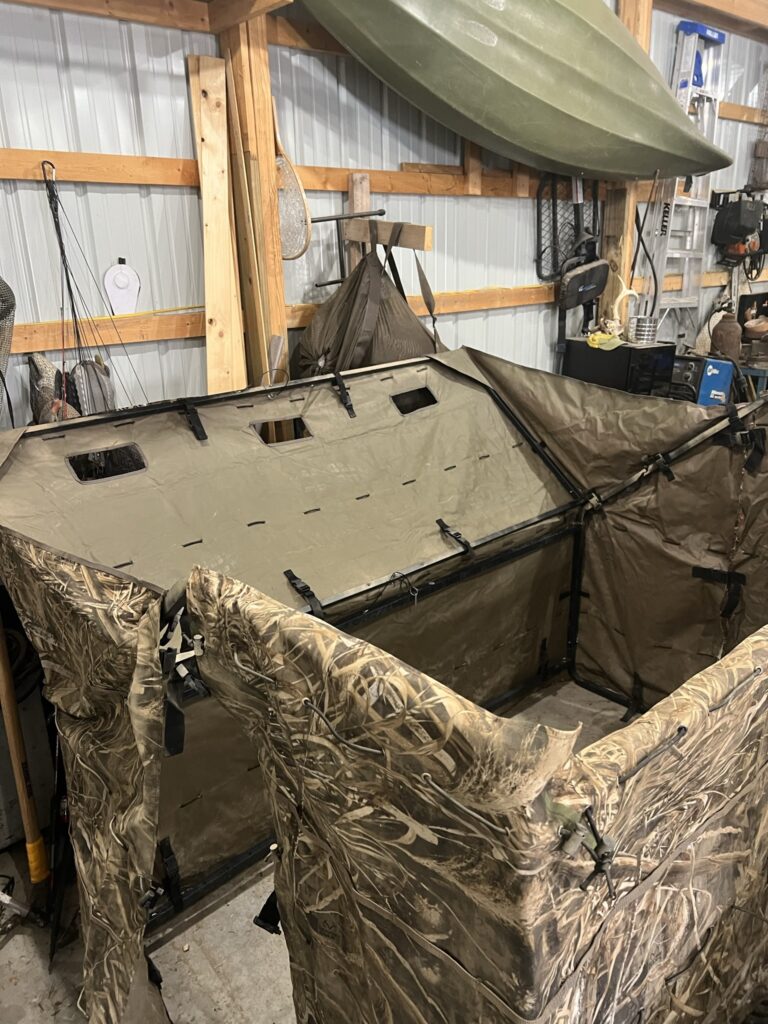
Prepare the blind
But I need to warn you. If you buy one of these blinds, whether it be a layout or an A frame, and put it together and set it in a fence row and expect to kill birds, you are sadly mistaken. These blinds come with a bit of a shine. It may not look like much, but the birds will notice the glare that it puts off. You need to mud it, or lightly spray it with a flat paint to take this shine off. Yes, take your brand new $500 dollar blind and rub mud all over it. When the mud dries in the picture below, it will blend in.
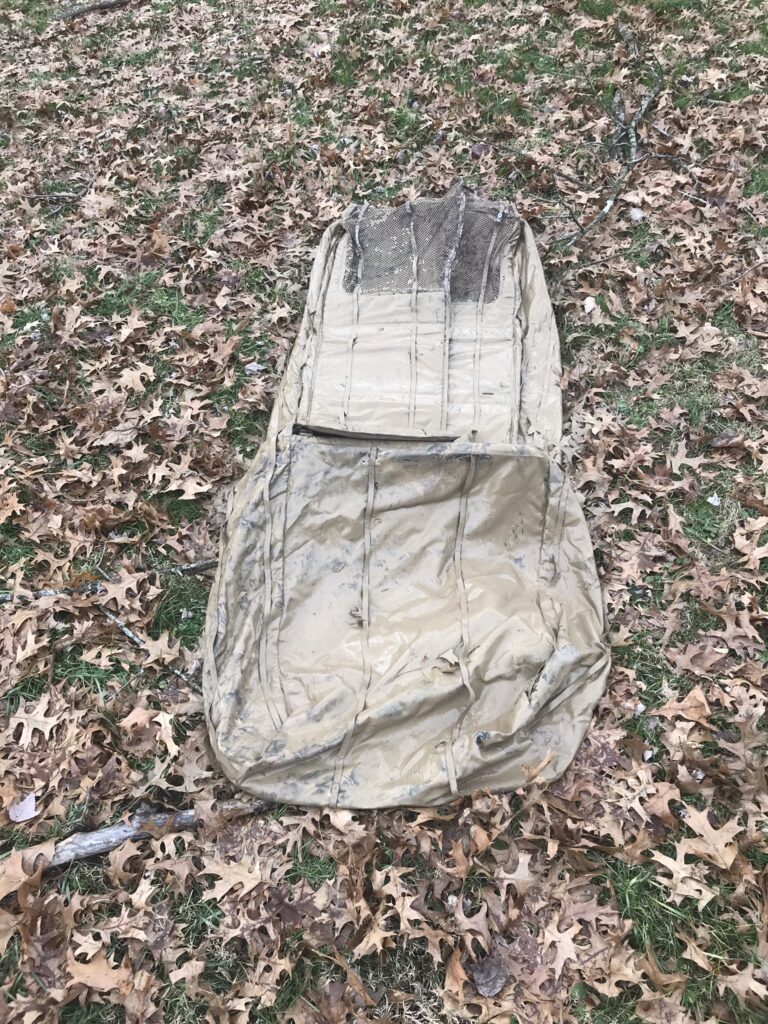
You think you’re ready to hunt, do you? Wrong. Even a mudded blind in a fence row, still isn’t going to work well. You need to step way back and look at it when it’s set up and ask yourself. Does it look like it belongs? Does it look natural? If birds see a random box sitting in a spot that looks out of place, they will flare, or they will land 85 yards away. I promise.
Set the blind up and spend the next hour gathering sticks, grass, weeds, logs, or whatever else would be useful to make this thing look natural. This is key to getting a limit while being comfy in a blind.
This goes for layout blinds as well. Don’t think that you’re going to set a brand-new layout between two rows of corn and kill geese. “But I bought the Max5 print, and it looks like corn!” Doesn’t matter. It must be mudded or painted, and it must be covered with corn stalks. In fact, my buddies and I have often wondered why we even bought camouflage blinds. Over time you won’t even see the camo anyway. I would buy brown blinds if they’re cheaper. That’s what you call a pro tip.
Check out the blinds that Roger’s has to offer here.
Build a blind
You don’t always have to buy a storebought blind. If you find a good spot with waterfowl activity in a pond or river, you can make a blind pretty quick on the bank. Just use what’s around you and make an area to hide in that looks natural. There are always branches and driftwood laying around that can be used. Sometimes you can tuck up into a root ball or a brushy area and you will need very little to finish hiding.
Are you starting to see why camouflage doesn’t matter much?
Its all about the shape
When it comes to hiding from waterfowl, it’s not so much the colors, and print that we have on our clothing. The question is not “To paint the face, or not paint the face?”. The question should be “How can I look natural?”
A good example to explain this is with layout blinds in a corn field. If you and three of your buddies are hunting and you line up your blinds side by side, the geese are going to see a nice even and natural looking corn field, and then 4 boxes sitting perfectly lined up. This is what I mean by “shape”.
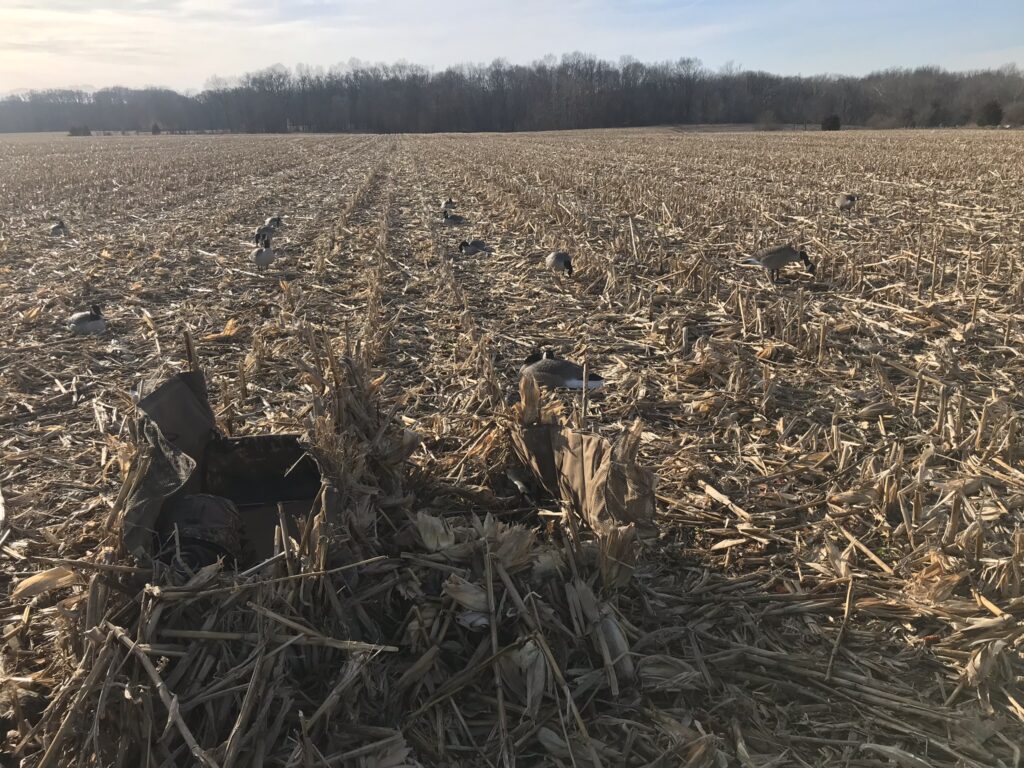
There are no such things as straight lines in nature. Go outside and look around. Do you see any straight lines? We have to find a way to break up this shape and make things look natural. If you’re going to hunt with buddies in layout blinds, try staggering them a bit. It’s also important to use corn stalks and leaves to cover the blinds and fill in between them and taper the edges off to give you a flatter and more natural look. I think you get the point.
Next, imagine a brushy fence row. After you set a blind in that fence row, it now looks like a big box. Trust me when I say that birds will be thrown off by this and will keep their distance. Use branches or excess brush around the blind to take away the square or boxy look.
Hunt Waterfowl in the shadows
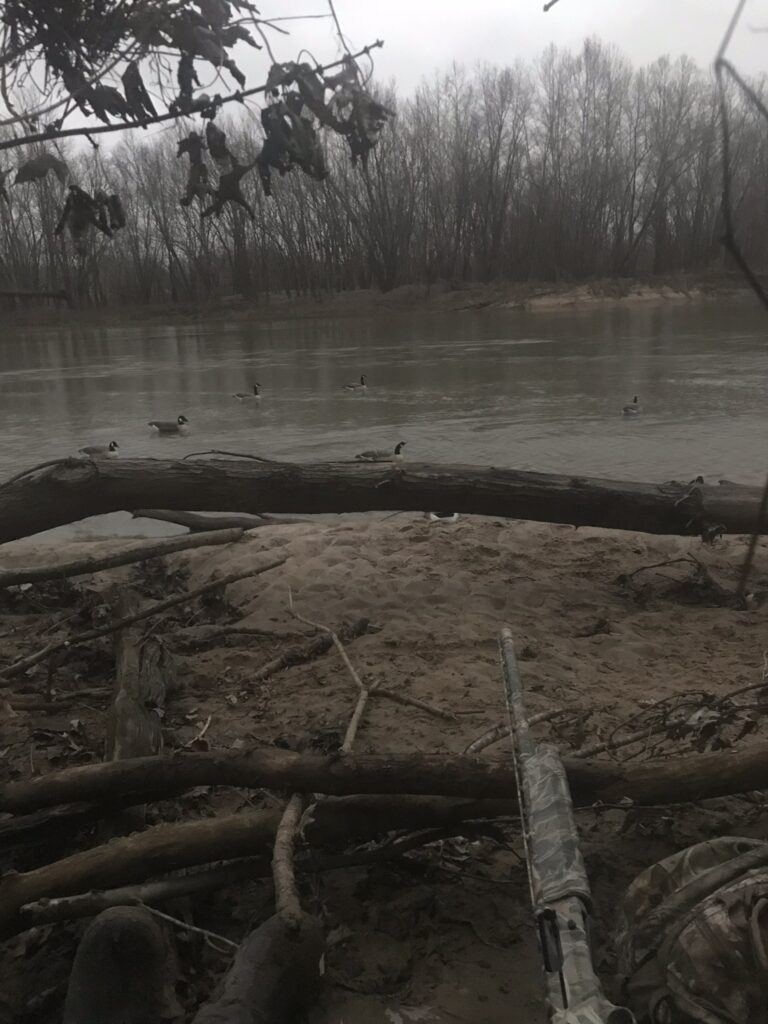
This one is pretty straight forward. There is usually a sunny side and a shaded side to any field, pond, lake, or marsh. Unless its noon! It’s always wise to try and position yourself in the shadows. This gives you a bit of an edge and can certainly hide a few mistakes.
I hope these tips will help you think through the process of hiding from these cautious creatures. The lessons above, are ones that I have had to learn the hard way. My job is to get you going quicker than I did. Good luck!
For other hunting tips, check out my other posts here.

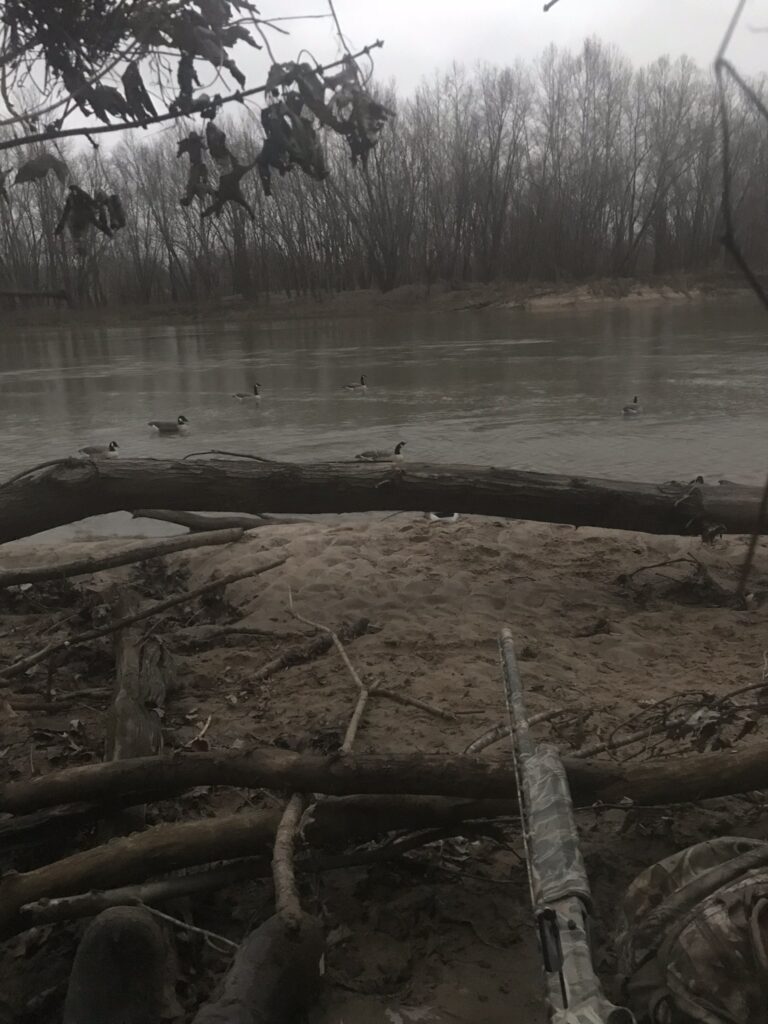
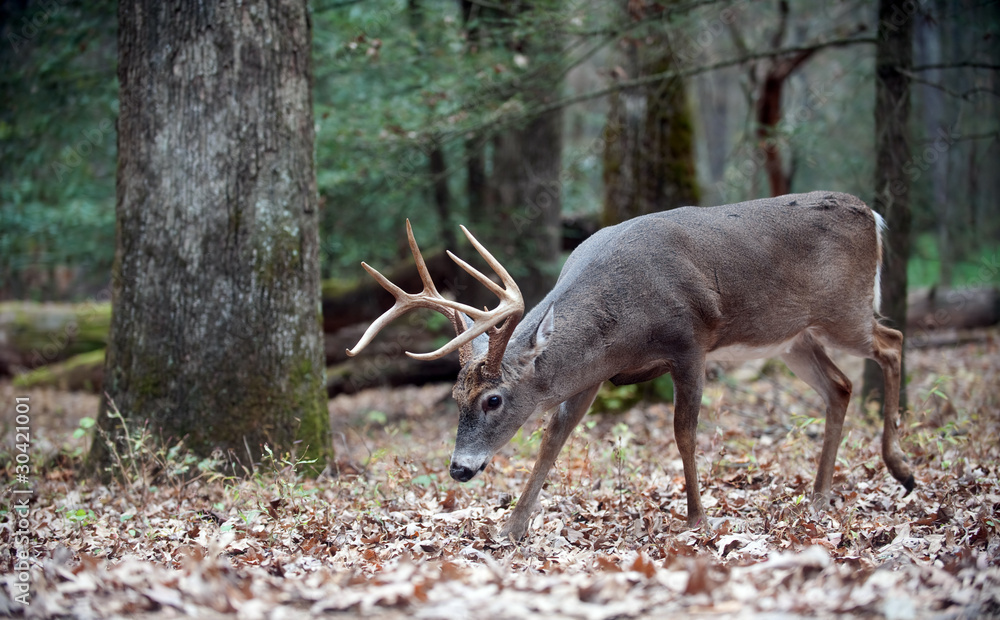
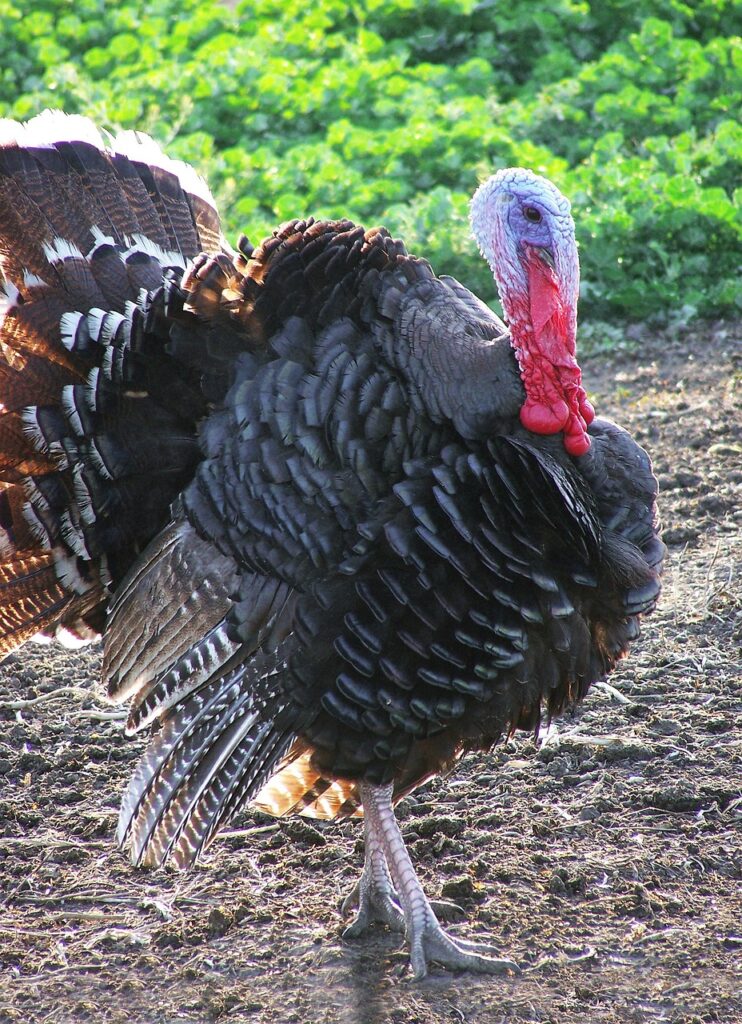
Good information here! It’s always great to learn from sites like this!